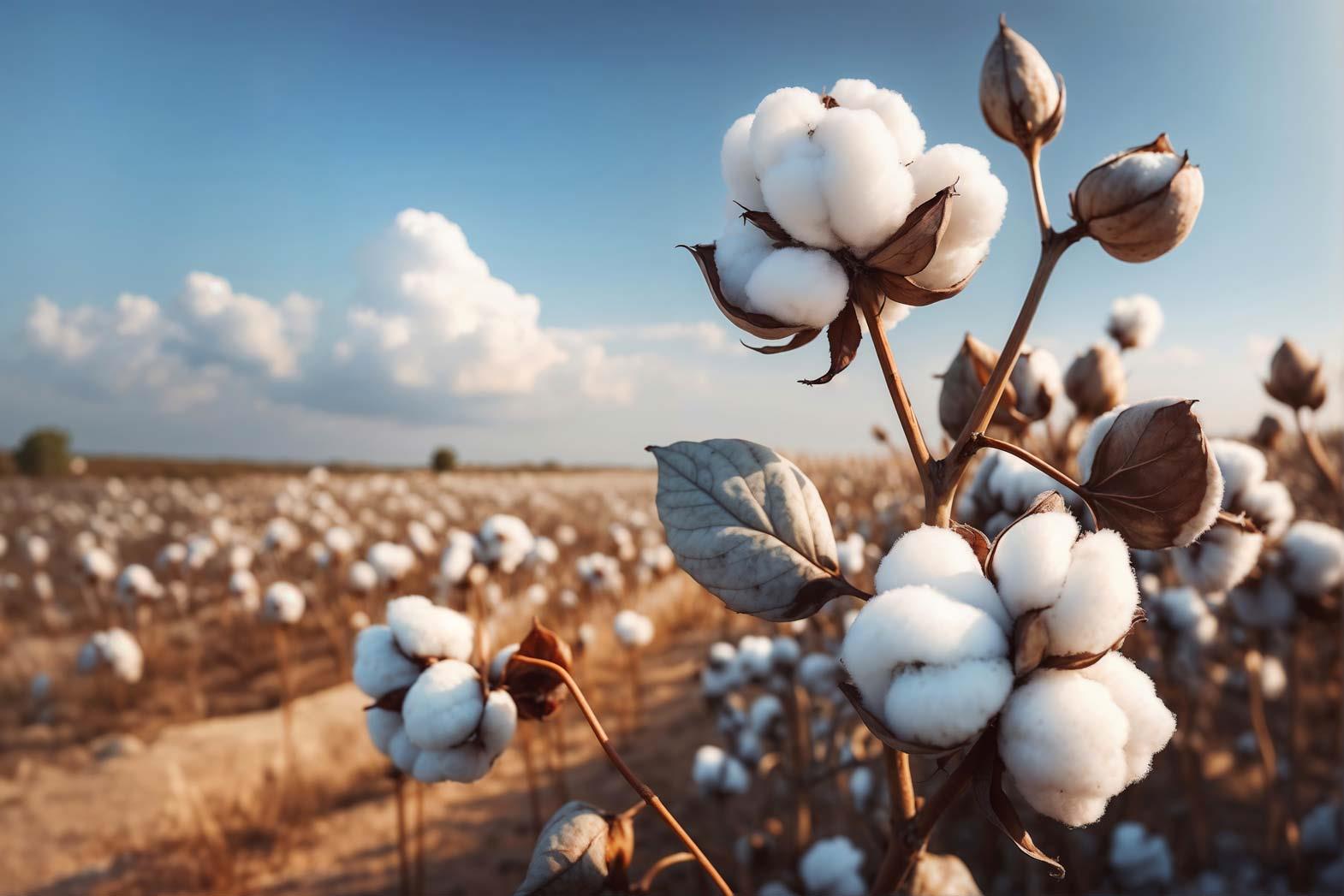Since December 2001, when China rose to a powerful position in the World Trade Organization (WTO), the growth of the Chinese textile industry has become a dominant factor in influencing the world cotton and textile markets. China has been demonstrating its manufacturing skill in consumer products since the 1980s. Due to MFA (Multi-Fiber Arrangement) restrictions, the rules for T&A (textile and apparel) differed from other products.
Now that the T&A rules are more aligned with the rules of other governing products, production will place China in an advantageous position. This will have an important implication on the world cotton markets. It has been noticed that for the last 20 years, fluctuations in China's import for cotton brought fluctuations in the world's cotton price.
China has the ability to increase cotton production and cater to the growing demand for cotton. This will largely affect the prospects of cotton exporters like the United States. Except for countries like China, the United States, India, and Brazil, who are already among the largest producers; for the last two decades, production has remained at an average level for most of the cotton-growing countries.
Mill use for cotton has increased in China, India, and Pakistan and decreased in the United States and the European Union. Two general factors have brought changes in the global cotton market. One includes changes that affect many industries and the other includes factors that specifically affect cotton and textiles. Technological developments have improved communication which has largely affected general trade.
Technological innovation in cotton production and marketing is available quickly at lower costs. The cotton and textile market has been affected by low labor cost nations like China, India, Pakistan, Taiwan, South Korea, and Turkey. Moreover, cotton market changes have been significantly affected by biotechnology. Higher cotton production in Brazil was the result of increased land clearing. Nevertheless, higher production comes from better yields and much of it comes from bio-tech varieties.
For more than 4 decades China has been the world's largest producer of cotton. China grows more cotton than it consumes. Since 2011-2012, China's share in the global harvest is 28%; India, the second-largest producer produces 24%, while the U.S. which is the third-largest producer produces 13%.
If the mill use is considered, the amount of raw fiber spun into yarn, one can see that China has 35% of the world's total mill use. Even though China is at the top in cotton production than any other country, still it is unable to fully supply to its mills. As a result, China is also the world's largest cotton importer.
In the last three crop years, China represented more than 40% of world's total cotton import. World's cotton supply became increasingly concentrated in China as the policies supporting high domestic prices came into effect. Further, China has held 53% of world's warehouse supplies in the last three crop years. China is expected to possess nearly 60% of global stock by the end of 2013-2014 crop year.
Chinese cotton policies affect the global cotton market. The Chinese cotton prices have always remained higher than the world price (average export price from cotton shipping countries). The recent Chinese policies are maintaining high domestic prices, hence there is a dramatic difference in the world price and Chinese cotton prices.
The Chinese import demand has almost doubled in the year 2012-2013. This will prevent any fall in the cotton price as a result of high stock levels. A historic world cotton stock of 96-98 million bales would have been disastrous for the cotton prices. But in 2014, cotton prices have remained strong because China holds more than half of this stock in their reserve.
The U.S. cotton market is showing a downward trend as the sowings are low and yield and quality has been affected by the poor weather. Considering the current situation, the analysts expect cotton prices to remain around mid 80 cents a pound. However, if there is production scarcity in India and the US, the price would rise to 90 cents a pound. This trend can change in 2014-2015, in case there are any changes in the Chinese policy.
China started to amass cotton since 2011, when the prices were falling but still ranged around 95 cents to $1.50 a pound. Today, China has a large accumulated reserve of 10 million tons of cotton. Moreover, the world price in early February 2014 was recorded at 85 cents a pound which is less than the price they had purchased.
Due to the artificial increase in the domestic cotton prices, the domestic mills and companies are buying imported cotton particularly from India, Bangladesh, Vietnam and even from the U.S. Meanwhile, there is a slowdown in China's economic growth and China wants to unload a decent amount of its reserve.
As soon as China announced its willingness to sell cotton from its huge reserve, the cotton prices have dropped by 14%. Cotton producers will have a hard time in 2014, as the Chinese government is still selling its built up stock. It is coming up with new policies for 2014-2015 growing season. Its decision will have crucial effect on the earnings of U.S. producers as nearly half of the cotton exports of the U.S. come from China.
Looking at the current scenario, it can be said that China will maintain a dominant position in the world cotton market in the near future. It will continue to play a significant role in production, import, export and influencing the global cotton price.
References:
1. Modernfarmer.com
2. Southwestfarmpress.com
3. Slideshare.net
4. Gtap.agecon.purdue.edu
5. Agweb.com








Comments